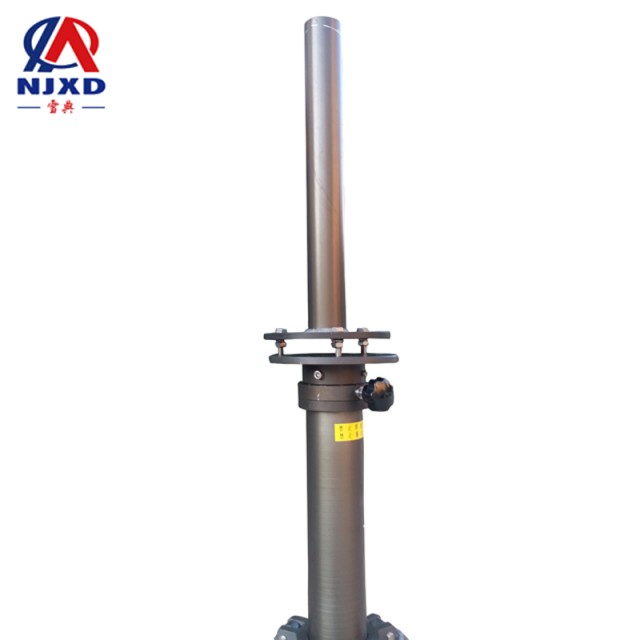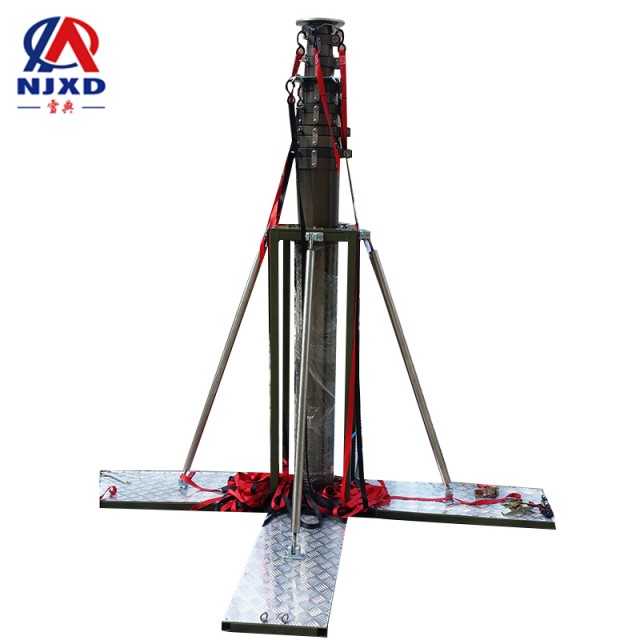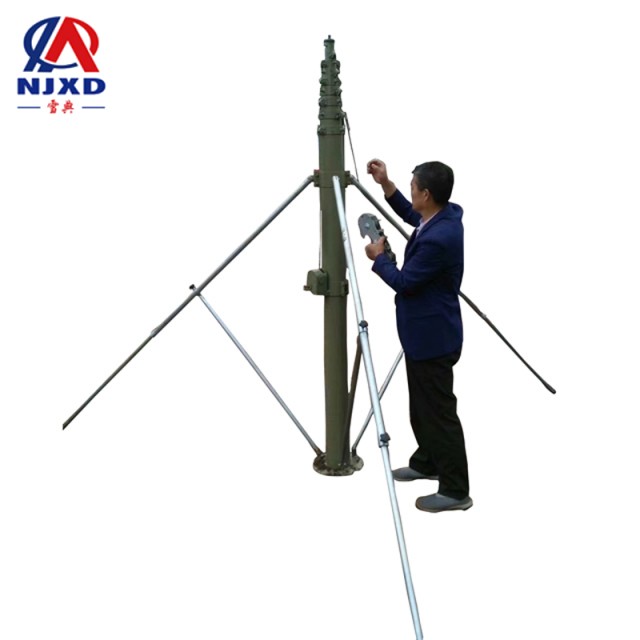NEWS
Lift Rod classification of measurement methods for impact strength of materials
Time:2021-04-12 View:

Impact strength can directly reflect, evaluate or judge the impact resistance (brittleness and toughness degree) of a material (or product). Three methods are popular in the industry: simply supported beam impact (also known as Charpy impact), cantilever beam impact (also known as Izod impact) and falling ball (or drop hammer) impact. The first two methods (simply supported beam and cantilever beam) are mainly used to judge the poor impact performance of the material itself. There is no substantial connection between the two. The difference lies in the strong impact degree of the cantilever beam, cantilever beam impact is generally selected for materials that are continuously punched with simply supported beams; Falling ball or drop hammer impact reflects the impact resistance of the product itself (the impact resistance of a product consists of material, thickness, structure and other factors determine).

Definition
Impact strength is an index that directly reflects, evaluates or judges the impact resistance (brittleness and toughness degree) of a material (or product). Three methods are commonly used for measurement: simply supported beam impact (also known as Charpy impact), cantilever beam impact (also known as Izod impact) and falling ball (or drop hammer) impact. The method of simply supported beam and cantilever beam can be used to judge whether the material itself is good or bad in the aspect of impact performance. The difference between the two is that the impact degree of cantilever beam is a little severe. Generally, cantilever beam is used to impact the material that is continuously punched by simply supported beam; the impact of falling ball or drop hammer reflects the impact resistance of the product itself (the impact resistance of a product is determined by many factors such as material, thickness and structure).
Due to the different test conditions (such as sample specification, span form, impact mode, impact velocity, notch type, etc.), these three kinds of impact also lead to a variety of test items, such: low temperature impact, high temperature impact, non-notch impact, notch impact, layer impact, etc.

Measurement method classification
There are many methods to test the impact strength of engineering plastics, mainly pendulum impact test method and drop hammer impact test method. Pendulum impact test is divided into simple beam method (Charpy method) and cantilever beam method (Izod method). The simple beam method is widely used to test the impact strength of engineering plastics in China, while the cantilever beam method is mostly used abroad. When selecting impact strength data, attention should be paid to the test method adopted. The samples used in the impact test of simply supported beams are divided into two types: Non-notched and notched.
(1) Impact strength of unnotched sample simply supported beam: its impact strength refers to the ratio of impact energy absorbed by unnotched sample under impact load to the original cross-sectional area of the sample, unit: kJ/m2.
(2) Impact strength of notched specimen simply supported beam: its impact strength refers to the ratio of the impact energy absorbed by the notched specimen under the impact load to the original cross-sectional area at the notched specimen, unit: kJ/m2. The sample used for cantilever beam impact test has a gap, which is measured by the energy consumed per unit width when the sample is broken. The unit is J/m. Table 1 below lists the impact strength of cantilever notch of some engineering plastics.
